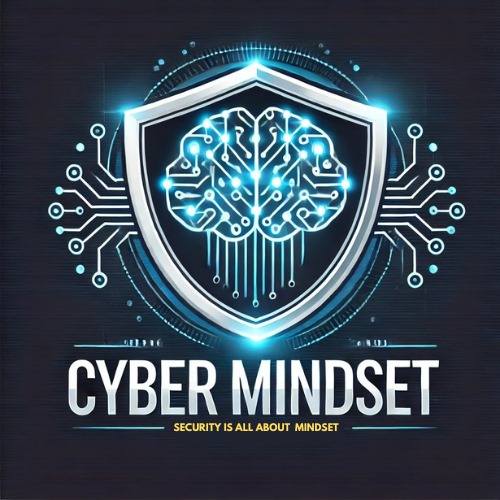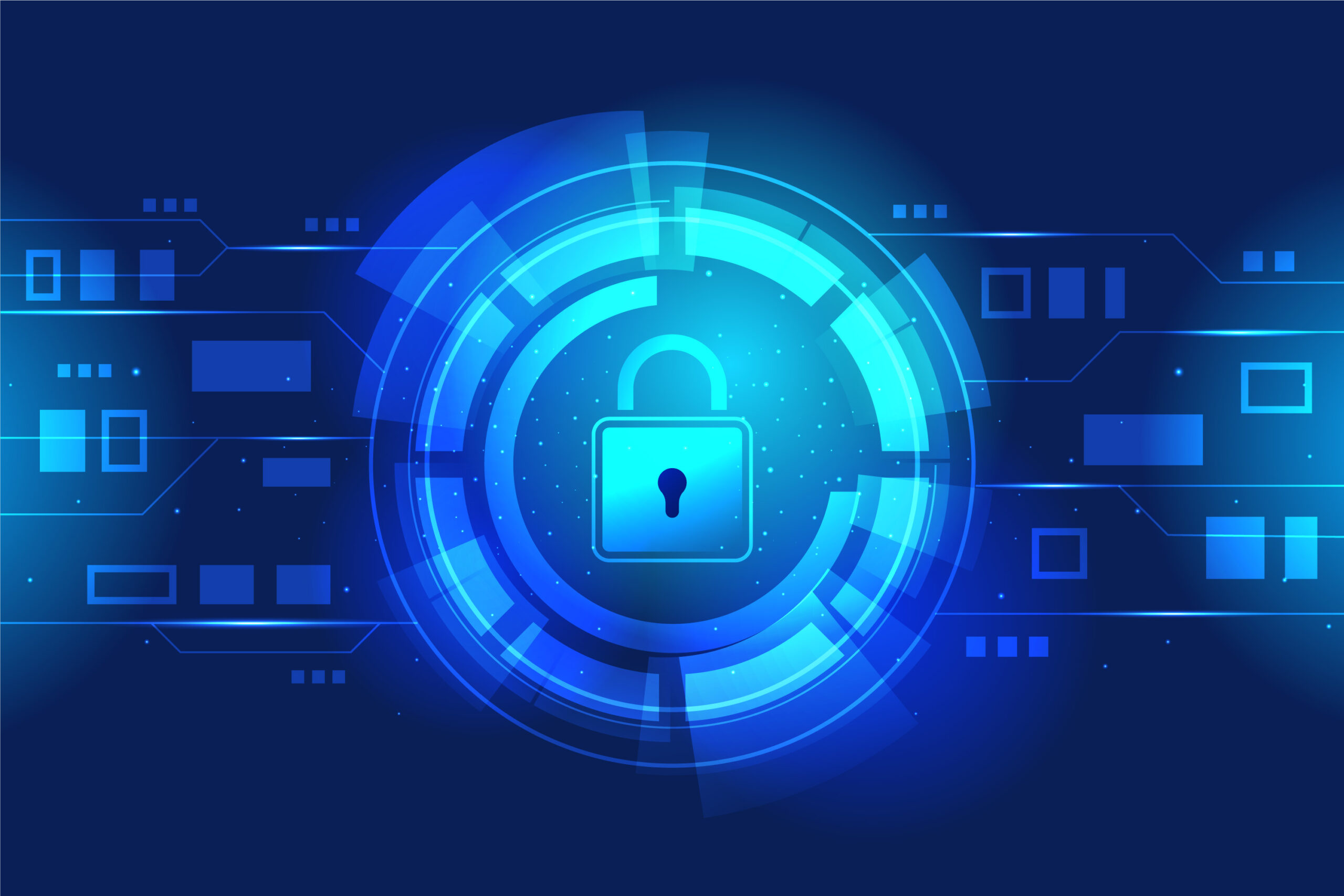Category
Date Posted
February 19, 2024
/
0 Comment
Emerging threats and vulnerabilities refer to new or evolving risks in the cybersecurity landscape that can have significant consequences for individuals, organizations, and governments. As technology advances, attackers often exploit new weaknesses, and threat landscapes change rapidly. Below are some of the key emerging threats and vulnerabilities observed recently:
1. AI-Powered Cyberattacks
- AI-driven Malware and Ransomware: Attackers are increasingly using artificial intelligence to improve the effectiveness of their cyberattacks. AI can be used to adapt malware to avoid detection, create more personalized phishing campaigns, and automate the deployment of ransomware attacks.
- AI-assisted Phishing: AI tools can generate highly convincing phishing emails, mimicking legitimate communication and adapting to an individual’s personal or work habits. This is becoming harder to detect using traditional methods.
2. Supply Chain Attacks
- Targeting Third-Party Vendors: Cybercriminals are targeting the supply chain to infiltrate organizations. By compromising a supplier or partner with lower security, they gain access to larger organizations, as seen in the SolarWinds and Kaseya incidents.
- Software Dependency Risks: Many companies use third-party software for critical functions. Flaws in these external applications can provide entry points for attackers.
3. Zero-Day Vulnerabilities
- Exploiting Unpatched Vulnerabilities: A zero-day vulnerability refers to a flaw in software or hardware that is not yet known to the vendor or developer and has no available patch. These are highly prized by cybercriminals and state-sponsored actors. High-profile zero-day exploits, such as those targeting Chrome or Windows, are on the rise.
- Zero-Day-as-a-Service: There’s a growing market for zero-day vulnerabilities on the dark web, making them more accessible for criminals and less sophisticated attackers.
4. 5G and IoT Security Risks
- 5G Network Vulnerabilities: As 5G networks roll out, new vulnerabilities are emerging due to the complexity of the technology and the massive number of connected devices. Potential attacks on 5G infrastructure could have global implications, affecting industries like finance, healthcare, and critical infrastructure.
- IoT Devices as Entry Points: The growing use of Internet of Things (IoT) devices, many of which have weak or no built-in security, makes them attractive targets for cybercriminals. These devices often have inadequate patching or security protocols, making them entry points for attacks.
- Botnet Attacks: IoT devices are commonly used in large-scale botnet attacks, such as DDoS (Distributed Denial of Service) attacks, that can overwhelm and disable websites or critical infrastructure.
5. Cloud Security Risks
- Misconfigurations: Many organizations are shifting to cloud environments, and misconfigured cloud services are a significant threat. Insecure cloud storage, incorrect access controls, and unpatched cloud-based applications can expose sensitive data.
- Cloud-native Threats: Threats designed specifically to target cloud-native applications, such as containerized environments and serverless architectures, are increasing. These require specialized security measures that differ from traditional IT environments.
- Data Leakage: Cloud environments often involve third-party service providers, increasing the risk of unauthorized access to data. Insufficient data encryption or weak authentication mechanisms can result in significant data leakage.
6. Social Engineering Attacks
- Deepfake Technology: The rise of deepfake technology makes social engineering attacks even more dangerous. Cybercriminals can create convincing fake audio and video content to impersonate company executives or individuals for fraud, disinformation, or identity theft.
- Business Email Compromise (BEC): Phishing and social engineering techniques like BEC continue to evolve, with attackers using more sophisticated methods to manipulate employees into transferring funds or disclosing sensitive information.
- Voice Phishing (Vishing): Cybercriminals are leveraging AI and voice synthesis technology to conduct vishing attacks, impersonating legitimate figures over the phone to steal personal or financial information.
7. Quantum Computing Threats
- Breaking Current Cryptography: As quantum computing technology advances, it may eventually break many of the cryptographic algorithms that underpin current cybersecurity measures (e.g., RSA and ECC). This could jeopardize secure communications, financial transactions, and data protection.
- Post-Quantum Cryptography: The race to develop quantum-resistant cryptography is underway, but as of now, the threat posed by quantum computing to existing security models remains largely theoretical. However, it is a growing area of concern for long-term data security.
8. Critical Infrastructure Attacks
- Targeting Energy, Healthcare, and Transportation Systems: Nation-state actors and cybercriminal groups have increasingly targeted critical infrastructure, such as power grids, hospitals, and transportation networks. Attacks like Ransomware can disrupt essential services and result in substantial economic damage or loss of life.
- Industrial Control Systems (ICS) Vulnerabilities: These systems are often outdated, lack robust security, or are connected to corporate networks without proper segmentation, making them prime targets for cyberattacks. The attack on Colonial Pipeline in 2021 highlighted the vulnerabilities of critical infrastructure.
9. Insider Threats
- Disgruntled Employees or Contractors: Insider threats continue to pose significant risks. Employees, contractors, or other trusted individuals with access to sensitive data may intentionally or unintentionally leak information or compromise systems.
- Accidental Data Exposure: Even when insiders are well-intentioned, human error (e.g., misdirected emails, poor data management practices) can expose sensitive information to unauthorized parties.
10. Advanced Persistent Threats (APTs)
- State-Sponsored Attacks: Nation-state actors continue to use advanced and highly targeted cyberattacks to gain strategic advantages. APT groups often operate covertly over long periods to steal intellectual property, conduct espionage, or disrupt operations.
- Multi-Vector Attacks: These attacks often combine different methods, such as social engineering, malware, and zero-day exploits, to infiltrate networks and maintain persistent access.
11. Ransomware Evolution
- Ransomware-as-a-Service (RaaS): This model has lowered the barrier to entry for cybercriminals. Attackers can now lease ransomware tools for a fraction of the cost, allowing non-technical individuals to launch attacks.
- Double Extortion: Attackers are not only encrypting data but also stealing it, threatening to release sensitive information unless the ransom is paid. This increases the pressure on victims to comply.
- Targeting High-Value Organizations: The focus is shifting towards larger enterprises, municipalities, and critical industries, where the potential for high ransom payouts is greater.
12. New Malware Types and Techniques
- Fileless Malware: Traditional malware that requires a file to be executed is increasingly being replaced by fileless malware, which resides in the system’s memory and can evade detection by traditional signature-based antivirus programs.
- Living-off-the-Land (LotL) Attacks: These attacks use legitimate system tools and software to conduct malicious activities, making it difficult to distinguish malicious actions from normal system operations.
13. Privacy and Data Protection
- Data Privacy Regulations Compliance: With the advent of regulations like GDPR, CCPA, and others, there is a growing concern about data privacy and the security of personal information. Attackers are taking advantage of weak compliance measures to steal personal or financial data.
- Data Anonymization Risks: Some emerging technologies (e.g., AI and big data analytics) that rely on data aggregation and anonymization are facing challenges in fully protecting privacy, making it easier for attackers to reverse-engineer identities.
Mitigation Strategies:
- Zero Trust Architecture: Adopting a zero-trust security model, where no one inside or outside the network is automatically trusted, can help mitigate many emerging threats.
- Regular Patching and Updates: Keeping systems, applications, and devices up to date is crucial in preventing exploitation of known vulnerabilities.
- Employee Training and Awareness: Regular training on cybersecurity hygiene, including phishing simulations, can help reduce the risk of successful social engineering attacks.
- Incident Response Planning: Organizations must have well-defined incident response protocols to minimize the impact of security breaches and recover quickly.

